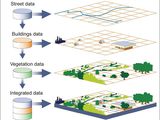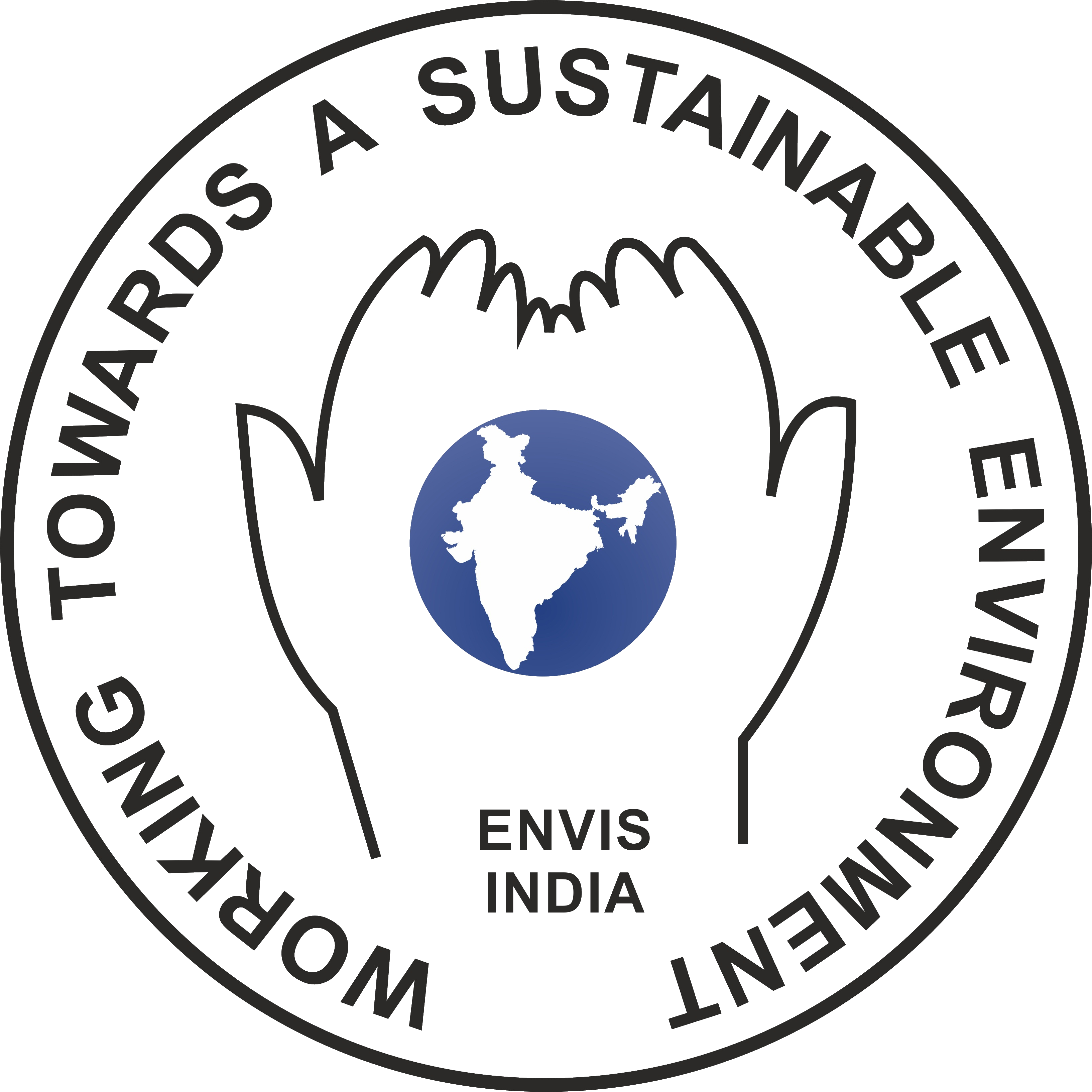GIS (Geographic Information System)
A geographic information system (GIS) is a computer system for capturing, storing, checking, and displaying data related to positions on Earth’s surface.
A geographic information system (GIS) is a computer system for capturing, storing, checking, and displaying data related to positions on Earth’s surface. By relating seemingly unrelated data, GIS can help individuals and organizations better understand spatial patterns and relationships.
GIS technology is a crucial part of spatial data infrastructure, which the White House defines as “the technology, policies, standards, human resources, and related activities necessary to acquire, process, distribute, use, maintain, and preserve spatial data.”
GIS can use any information that includes location. The location can be expressed in many different ways, such as latitude and longitude, address, or ZIP code.
Many different types of information can be compared and contrasted using GIS. The system can include data about people, such as population, income, or education level. It can include information about the landscape, such as the location of streams, different kinds of vegetation, and different kinds of soil. It can include information about the sites of factories, farms, and schools, or storm drains, roads, and electric power lines.
With GIS technology, people can compare the locations of different things in order to discover how they relate to each other. For example, using GIS, a single map could include sites that produce pollution, such as factories, and sites that are sensitive to pollution, such as wetlands and rivers. Such a map would help people determine where water supplies are most at risk.
Data Formats
GIS applications include both hardware and software systems. These applications may include cartographic data, photographic data, digital data, or data in spreadsheets.
Cartographic data are already in map form, and may include such information as the location of rivers, roads, hills, and valleys. Cartographic data may also include survey data and mapping information that can be directly entered into a GIS.
Photographic interpretation is a major part of GIS. Photo interpretation involves analyzing aerial photographs and assessing the features that appear.
Digital data can also be entered into GIS. An example of this kind of information is computer data collected by satellites that show land use—the location of farms, towns, and forests.
Remote sensing provides another tool that can be integrated into a GIS. Remote sensing includes imagery and other data collected from satellites, balloons, and drones.
Finally, GIS can also include data in table or spreadsheet form, such as population demographics. Demographics can range from age, income, and ethnicity to recent purchases and internet browsing preferences.
GIS technology allows all these different types of information, no matter their source or original format, to be overlaid on top of one another on a single map. GIS uses location as the key index variable to relate these seemingly unrelated data.
Putting information into GIS is called data capture. Data that are already in digital form, such as most tables and images taken by satellites, can simply be uploaded into GIS. Maps, however, must first be scanned, or converted to digital format.
The two major types of GIS file formats are raster and vector. Raster formats are grids of cells or pixels. Raster formats are useful for storing GIS data that vary, such as elevation or satellite imagery. Vector formats are polygons that use points (called nodes) and lines. Vector formats are useful for storing GIS data with firm borders, such as school districts or streets.
Spatial Relationships
GIS technology can be used to display spatial relationships and linear networks. Spatial relationships may display topography, such as agricultural fields and streams. They may also display land-use patterns, such as the location of parks and housing complexes.
Linear networks, sometimes called geometric networks, are often represented by roads, rivers, and public utility grids in a GIS. A line on a map may indicate a road or highway. With GIS layers, however, that road may indicate the boundary of a school district, public park, or other demographic or land-use area. Using diverse data capture, the linear network of a river may be mapped on a GIS to indicate the stream flow of different tributaries.
GIS must make the information from all the various maps and sources align, so they fit together on the same scale. A scale is the relationship between the distance on a map and the actual distance on Earth.
Often, GIS must manipulate data because different maps have different projections. A projection is the method of transferring information from Earth’s curved surface to a flat piece of paper or computer screen. Different types of projections accomplish this task in different ways, but all result in some distortion. To transfer a curved, three-dimensional shape onto a flat surface inevitably requires stretching some parts and squeezing others.
A world map can show either the correct sizes of countries or their correct shapes, but it can’t do both. GIS takes data from maps that were made using different projections and combines them so all the information can be displayed using one common projection.
GIS Maps
Once all the desired data have been entered into a GIS system, they can be combined to produce a wide variety of individual maps, depending on which data layers are included. One of the most common uses of GIS technology involves comparing natural features with human activity.
For instance, GIS maps can display what man-made features are near certain natural features, such as which homes and businesses are in areas prone to flooding.
GIS technology also allows users to “dig deep” in a specific area with many kinds of information. Maps of a single city or neighborhood can relate such information as average income, book sales, or voting patterns. Any GIS data layer can be added or subtracted to the same map.
GIS maps can be used to show information about numbers and density. For example, GIS can show how many doctors there are in a neighborhood compared with the area’s population.
With GIS technology, researchers can also look at change over time. They can use satellite data to study topics such as the advance and retreat of ice cover in polar regions, and how that coverage has changed through time. A police precinct might study changes in crime data to help determine where to assign officers.
One important use of time-based GIS technology involves creating time-lapse photography that shows processes occurring over large areas and long periods of time. For example, data showing the movement of fluid in ocean or air currents help scientists better understand how moisture and heat energy move around the globe.
GIS technology sometimes allows users to access further information about specific areas on a map. A person can point to a spot on a digital map to find other information stored in the GIS about that location. For example, a user might click on a school to find how many students are enrolled, how many students there are per teacher, or what sports facilities the school has.
GIS systems are often used to produce three-dimensional images. This is useful, for example, to geologists studying earthquake faults.
GIS technology makes updating maps much easier than updating maps created manually. Updated data can simply be added to the existing GIS program. A new map can then be printed or displayed on screen. This skips the traditional process of drawing a map, which can be time-consuming and expensive.
GIS Jobs
People working in many different fields use GIS technology. GIS technology can be used for scientific investigations, resource management, and development planning.
Many retail businesses use GIS to help them determine where to locate a new store. Marketing companies use GIS to decide to whom to market stores and restaurants, and where that marketing should be.
Scientists use GIS to compare population statistics to resources such as drinking water. Biologists use GIS to track animal-migration patterns.
City, state, or federal officials use GIS to help plan their response in the case of a natural disaster such as an earthquake or hurricane. GIS maps can show these officials what neighborhoods are most in danger, where to locate emergency shelters, and what routes people should take to reach safety.
Engineers use GIS technology to support the design, implementation, and management of communication networks for the phones we use, as well as the infrastructure necessary for internet connectivity. Other engineers may use GIS to develop road networks and transportation infrastructure.
There is no limit to the kind of information that can be analyzed using GIS technology.

Illustration courtesy U.S. Government Accountability Office
Earth Science Information Center
To find out more about how GIS is used in your local community, contact your nearest Earth Science Information Center (ESIC). Staff from the US Geological Survey (USGS) answer questions about aerial photographs, maps, satellite imagery, computer programs, data formats, data standards, and digital cartographic data. To contact your local ESIC, call 1-888-ASK-USGS or visit the website.
Articles & Profiles
- National Geographic Education: Geographic Information Systems—The Missing Educational Technology
- Esri: What is GIS?
Instructional Content
Interactives
Video
Websites

